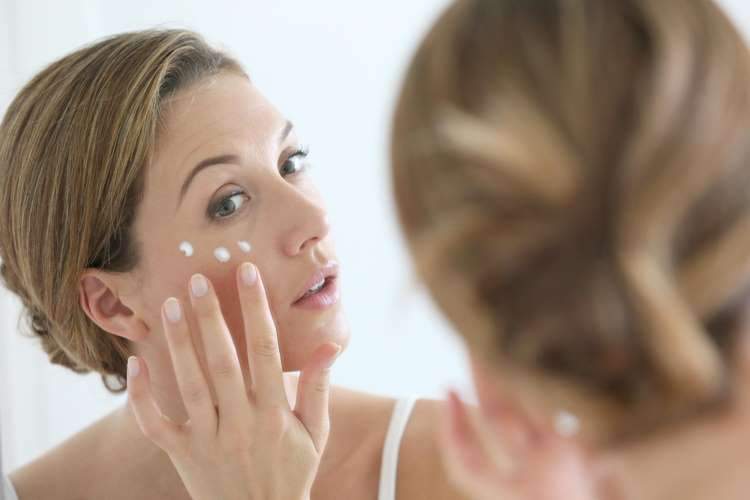What to look for in a natural exfoliant?
Exfoliants, aka exfoliators or scrubs, are essential for healthy, glowing skin. But you need to pick the right one for your skin - and the environment.
Regularly ridding your skin of its dead cell outer layer is an essential practice for vibrant, youthful skin. However you need to choose your exfoliation product with care; the wrong product or application could damage your skin, and it could also damage the marine environment.
Types of exfoliation
Exfoliation helps young skin by eliminating blockages to minimise blackheads and pimples. For aging skin, challenged by a slower rate of skin cell turnover exfoliating helps to stimulate cell renewal and remove the dead skin, revealing the younger skin underneath. And everyone can benefit from the removal of dead skin, simply because it allows moisturising products to deeply penetrate, making them more effective.
There are two types of exfoliators—mechanical, and chemical. The mechanical ones are scrubs that contain small particles that slough off dead skin layers. The chemical ones have special acids that dissolve the dead skin cells without scrubbing.
Natural exfoliation is best
Up until 2018, commercial exfoliators often contained tiny beads called microbeads. They were great to exfoliate skin as their regular shape minimised the risk of damaging skin. However, those micro plastics went down the drain and ended up in the sea. They have been found everywhere, including the polar icecaps. With an estimated five trillion pieces of plastic floating in the ocean, this needed to stop. The microbeads also absorb chemicals, such as pesticides and flame retardants. This meant that when marine life ate the beads, they ingested toxins which worked their way up the food chain – to us!
This is why there are now so many natural exfoliators on the market. The good news is that they are just as effective, better for you and better for the environment.
Tips for choosing and using an exfoliant
The product that will work best for you depends on your age and skin type.
- Delicate, dry or sensitive skin may be damaged by rough products or some chemicals, so choose a very fine exfoliator and don’t apply too much pressure while you’re scrubbing.
- Even if your skin is hardy, you don’t want to scrub too hard or use a product with sharp uneven edges that could damage your skin barrier.
- Many people use a mechanical exfoliator once or twice week. Going overboard can dry out the skin and cause irritation, so try once a week and see how your skin feels.
- You can try a nature-based chemical exfoliator once every two or three weeks. Often, natural chemical exfoliation is in the form of a fruit acid peel or mask – mashed papaya, for example, is easy and effective.
Natural exfoliants you’ll find at home
There are some amazing natural exfoliation products to use that you probably have in your kitchen right now.
- Whole oats - A gentle exfoliant, oats are ideal for people with sensitive skin. Grind in a blender, add water to make a paste, then scrub your face , neck and décolletage gently. Oats are anti-inflammatory, so they may be able to help heal and soothe irritated skin.
- Apples - Apples contain alpha hydroxy acids, which help to remove dead skin cells and reveal the fresh skin underneath. You could try applying apple pulp to your skin or use our bamboo beads facial scrub, which contains apple amino acids for a gentle exfoliation.
- Salt or sugar - These mechanical exfoliators are super accessible and cheap to use. Salt is coarser than sugar, so combine with olive oil to make a paste and use it on your feet, hands and other areas of rough skin )[robably not great for your face though). Sugar is finer than salt and is a source of glycolic acid. Mix with olive oil or honey to make a past. Gently massage onto your face and then rinse off.
- Coffee - Your leftover coffee grounds are great for exfoliating areas of skin with cellulite or stretch marks. Simply grab a handful and scrub away for a free skin treatment that makes you smell like café heaven.
- Lemon and yoghurt - Both lemon and yoghurt contain natural acids that help to chemically remove dead skin cells. Mix a teaspoon of lemon into yoghurt, then use it as a mask. Lemon can cause reactions in some people, so do a spot treatment first.



Leave a comment
This site is protected by hCaptcha and the hCaptcha Privacy Policy and Terms of Service apply.